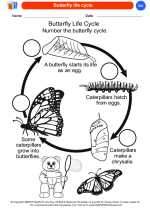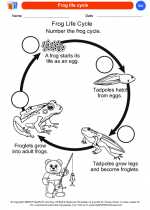Nuclear Fusion
Nuclear fusion is a process in which two atomic nuclei combine to form a heavier nucleus, releasing a large amount of energy. This process is the same that powers the sun and other stars, and it has the potential to provide a clean and virtually limitless source of energy here on Earth.
How Nuclear Fusion Works
In nuclear fusion, two light atomic nuclei, such as isotopes of hydrogen, are forced together at extremely high temperatures and pressures. This causes the nuclei to overcome the electrostatic repulsion between them and fuse together, forming a heavier nucleus. The most common fusion reaction involves the isotopes of hydrogen, deuterium, and tritium, which fuse to form helium and a neutron.
Conditions for Nuclear Fusion
Nuclear fusion requires extremely high temperatures, on the order of millions of degrees Celsius, to overcome the repulsive forces between the positively charged nuclei. Additionally, the nuclei must be under high pressure to bring them close enough together for the strong nuclear force to take over and bind them together.
Potential for Energy Production
Nuclear fusion has the potential to provide a nearly limitless source of clean energy. The fuel sources for fusion, such as deuterium and lithium, are widely available, and the resulting reaction produces no greenhouse gases or long-lived radioactive waste.
Challenges and Current Research
Despite its potential, nuclear fusion faces significant technical challenges. The main challenge is to create and sustain the extreme conditions required for fusion in a controlled and sustainable manner. Researchers are working on various approaches, such as magnetic confinement in tokamak reactors and laser-driven fusion, to overcome these challenges and make fusion energy a reality.
Study Guide
- What is nuclear fusion?
- How does nuclear fusion work?
- What are the conditions required for nuclear fusion to occur?
- What is the potential for energy production through nuclear fusion?
- What are the current challenges and research efforts in the field of nuclear fusion?
[Nuclear Fusion] Related Worksheets and Study Guides:
.◂Science Worksheets and Study Guides Kindergarten. All About Animals

 Coloring Worksheet
Coloring Worksheet
 Coloring Worksheet
Coloring Worksheet
 Coloring Worksheet
Coloring Worksheet
 Coloring Worksheet
Coloring Worksheet
 Coloring Worksheet
Coloring Worksheet
 Coloring Worksheet
Coloring Worksheet
 Coloring Worksheet
Coloring Worksheet
 Coloring Worksheet
Coloring Worksheet
 Coloring Worksheet
Coloring Worksheet
 Coloring Worksheet
Coloring Worksheet
 Coloring Worksheet
Coloring Worksheet
 Coloring Worksheet
Coloring Worksheet
 Coloring Worksheet
Coloring Worksheet
 Coloring Worksheet
Coloring Worksheet
 Coloring Worksheet
Coloring Worksheet
 Coloring Worksheet
Coloring Worksheet
 Coloring Worksheet
Coloring Worksheet
